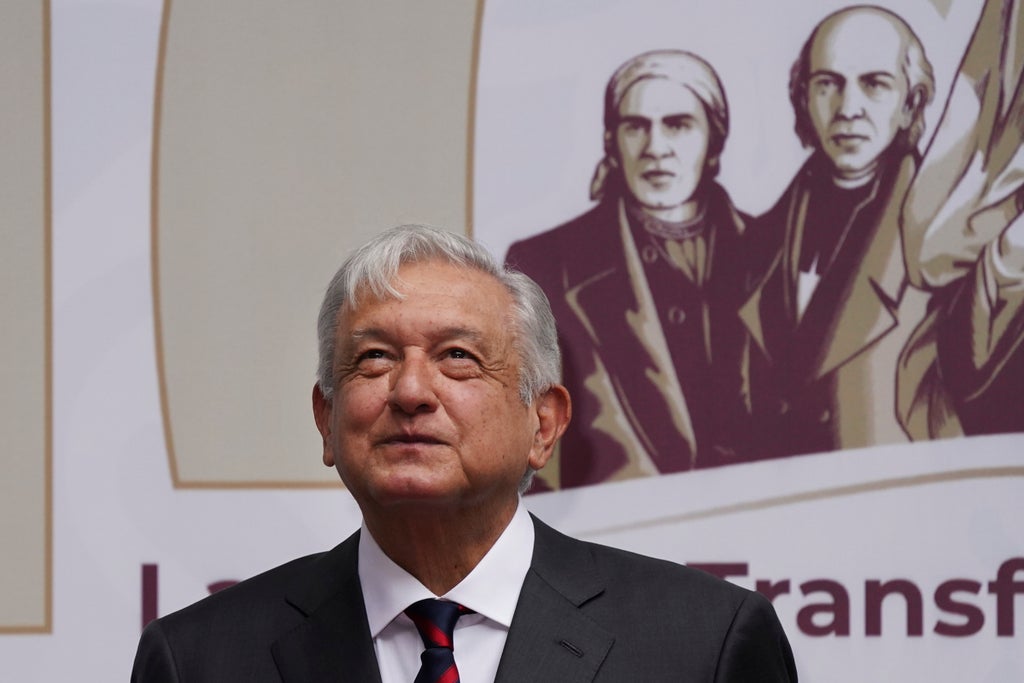
Transportation officials in Mexico said Wednesday they will effectively force airlines to use a new, more distant airport that was one of President Andrés Manuel López Obrador’s pet projects.
López Obrador inaugurated the new Felipe Angeles airport, 27 miles (43 kilometers) north of Mexico City, in March.
But rail and road links to the new terminal have yet to be completed, and airlines have been loath to change flights from the still-operating inner city airport. Currently, only about a half-dozen flights per day use the new terminal.
But Transportation and Infrastructure Secretary Rogelio Jimenez Pons told local media the government has decided to reduce the number of flights allowed to land at the old airport by 20 percent.
The reduction is to start in July, and could force about 10 daily flights to the new terminal. The government had already said any new flights scheduled into Mexico City will have to use Felipe Angeles, but the new reduction applies to existing routes.
Jimenez Pons said the old airport had to reduce traffic because it is overloaded and needs updates. He said airlines can choose to go the Felipe Angeles terminal or to an even more distant, largely unused airport in the neighboring city of Toulca, to the west.
López Obrador has used pressure and threats in a bid to get private and foreign companies to shore up his infrastructure plans and pet projects — state-run ports, terminals and rail lines that could become white elephants unless the private sector boosts them with real traffic.
In recent weeks, the president used threats of legal action to pressure a U.S. gravel company into agreeing to operate a tourist resort and cruise ship dock at a gravel quarry it owns on the Caribbean coast.
The two sides apparently reached a deal, but López Obrador accused the company of violating its terms — something the firm denies — and said this week he would file a legal complaint against it.
The Felipe Angeles airport so far from the city center that all major international airlines, and many taxi services, have shunned it. At rush hour, it can take 2 1/2 hours to drive to the terminal.
So far, the only international flight is run by a Venezuelan carrier that is under U.S. sanctions and flies only to Caracas.







